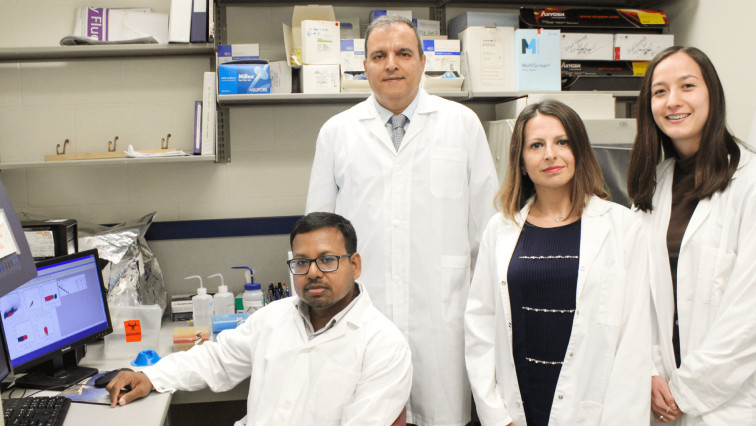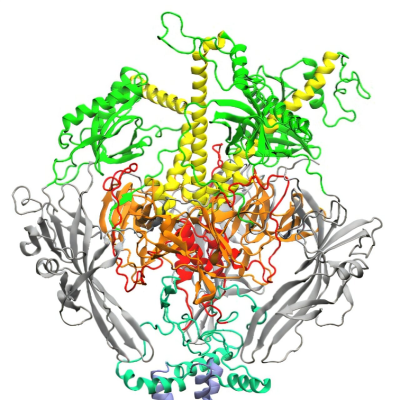Taking a significant leap in the field of vaccine development, Western researchers have discovered a potential ‘super molecule’ that can bolster the effectiveness of several vaccines against viral diseases, including influenza, COVID-19 and smallpox.
A team led by Western professor Mansour Haeryfar found that a vitamin B2-derived molecule called 5-OP-RU, which is produced by bacteria, can enhance the efficacy of several vaccines for viral diseases.
The study revealed the molecule binds to a protein called MR1 before stimulating a population of T lymphocytes called mucosa-associated invariant T (MAIT) cells – essentially, one of the “first responders” that come rushing to fight off infection when a virus invades the body.
The findings, recently published in PLOS Pathogens, could have significant implications for strengthening the global response to current and future viral threats.
“We need better vaccines to combat viruses of pandemic potential, which are among the most vicious existential threats to human populations,” said Haeryfar, professor of immunology at Western’s Schulich School of Medicine & Dentistry.
“Our strategy of targeting the MR1-MAIT cell axis using 5-OP-RU shows promise in generating strong antiviral immune responses in the body. This strategy could help develop more effective viral vaccines.”
For the study, the team of researchers used a combination of clinically relevant mouse models, human cell cultures and multiple vaccine platforms against various influenza, SARS-CoV-2 and smallpox. They found that 5-OP-RU worked in tandem with antiviral vaccines to expand MAIT cells and reprogram them to become more powerful antiviral entities.
“MAIT cells are often found in the bloodstream and in mucosal tissues, including in our respiratory system, which is often the first place in which many viruses are encountered” said Haeryfar.
When viruses like flu or SARS-CoV-2 get into our lungs, MAIT cells are already there and ready to fight. They respond quickly to infections, coordinate our immune response, and help destroy virus-infected cells. This makes them very attractive targets in vaccine design strategies.”
As for the next steps, Haeryfar and his team plan to extend their studies to test the efficacy of 5-OP-RU in several COVID vaccine candidates, including a promising Western-developed COVID-19 vaccine candidate and inhaled vaccines.
“While mRNA vaccines were and remain potent in reducing the risk of severe morbidity and mortality due to COVID-19, we need more effective vaccines to prevent infection with SARS-CoV-2 variants of concern. We are now looking to investigate the possibility of using 5-OP-RU and potentially other MR1-binding molecules in inhaled vaccines,” he added.
The study also suggests that the unique characteristics of MAIT cells – quick-acting entities with antibacterial and tissue repair properties – could also help resolve secondary bacterial infections and tissue damage in the aftermath of viral infection.
“It is also noteworthy that MAIT cells are evolutionarily conserved. Therefore, the results of preclinical studies are likely to be translatable to the clinic,” said Haeryfar.
“Everyone has the exact same MR1 protein. Therefore, immunization strategies that target MR1 and MAIT cells should work across diverse human populations, regardless of their genetic makeup.”
Read the original article on Western University.







